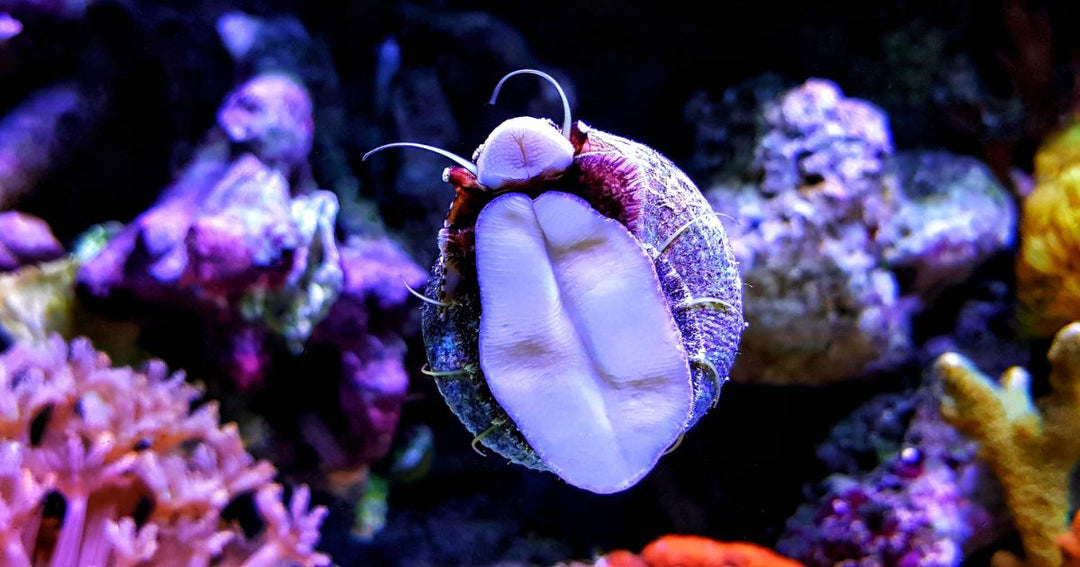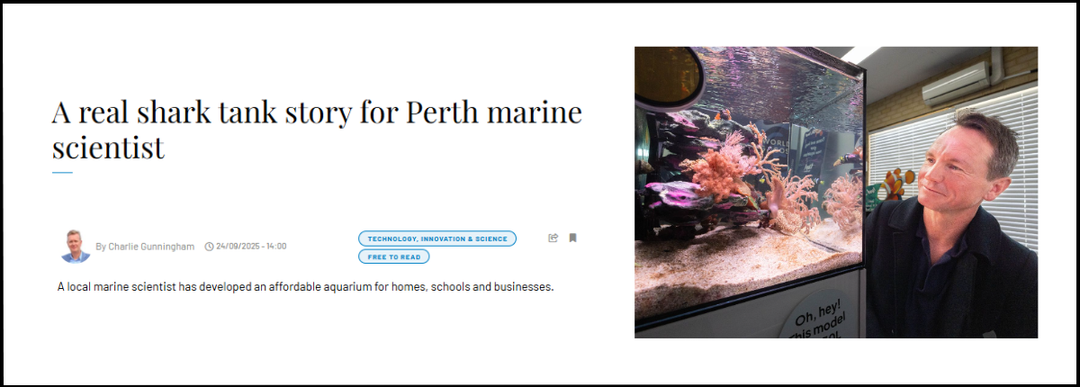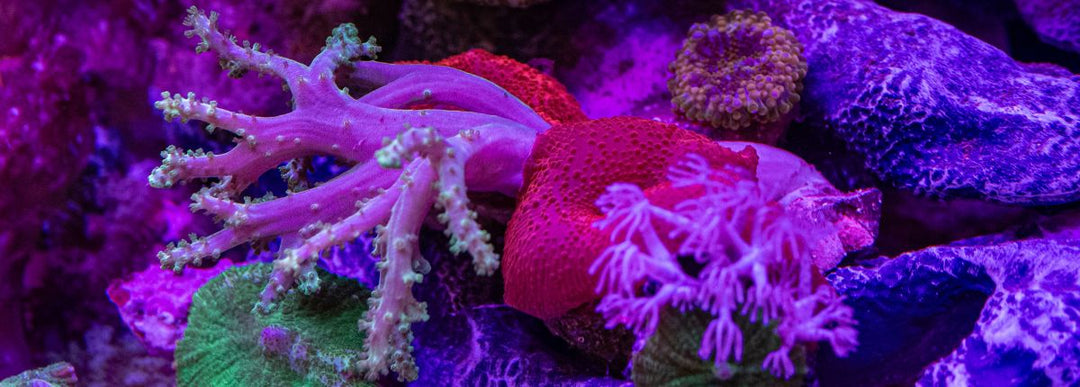Choosing the right fish and corals for a sustainable ecosystem marine aquarium

Selecting the right marine fish and corals is the foundation of a successful marine aquarium. It determines water conditions and the ecosystem's balance. At Living Oceans, we’ve carefully curated species that thrive in the sustainable, low-maintenance environments of the Living Ecosystem Aquarium, making it easier than ever for beginners to enjoy the beauty of a coral reef at home.
Our mission is to transform marine fishkeeping by creating eco-friendly aquariums that simplify care while preserving marine ecosystems. With the Living Ecosystem Aquarium, you can enjoy a thriving coral reef system built on sustainability, innovation, and accessibility.
At Living Oceans, we have created an interconnected world of living ecosystems where hardy, adaptable species come together to form resilient, thriving environments. Combined with innovative design and thoughtful curation, the Living Ecosystem Aquarium sets a new benchmark for marine aquariums, aiming to transform the industry toward sustainable practices while making it accessible to everyone. Together, we can celebrate our connection to aquatic life, revolutionise the industry to make it fully sustainable, and create "A World of Living Ecosystems."
The Science Behind Marine Fish and Coral Selection
Marine fish and corals in the Living Ecosystem Aquarium are selected for their natural behaviours, compatibility, and ability to contribute to ecological balance. Each species plays a unique role in creating a thriving and harmonious ecosystem:
Clownfish
Clownfish display fascinating social dynamics, transitioning from juveniles to males, with the dominant male further transitioning into a female to ensure a breeding pair is always present. Customers will observe courtship behaviours within months as the pair emerges from the juvenile school. A mature pair can lay 200–400 eggs every month, adding a layer of wonder to the ecosystem.
Fun Fact:
Did you know that Clownfish have a unique social structure where the largest and most dominant fish becomes female? If the female is removed, the next dominant male will transform into a female, ensuring a stable breeding pair within their small reef habitat. This fascinating adaptability makes Clownfish ideal for thriving in the carefully curated environments of the Living Ecosystem Aquarium!
Orchid Dottybacks
Orchid Dottybacks are hardy and cryptic fish ideally suited for small reef environments. Their territorial yet balanced behaviour makes them excellent for maintaining harmony, ensuring minimal disruption in the ecosystem.
Soft Corals
Fast-growing and resilient soft corals such as Leather Corals, Mushrooms, and Pulsing Xenia are selected for their nutrient-absorbing abilities. These corals stabilise the system quickly, require minimal intervention, and are easy to propagate, making them ideal for maintaining water quality and supporting a thriving ecosystem.
Why Living Oceans’ Fish and Coral Selection Matters
Our selection process goes beyond aesthetics. Each species is chosen for its role in creating a thriving ecosystem:
- Hardy, low-maintenance species ensure long-term system resilience.
- Curated combinations reduce territorial conflicts and ecological imbalances.
- Thrives in low-to-moderate nutrient environments, simplifying care.
- Easily fed with high-quality pellets, supporting growth and health.
- Will not release toxins, ensuring safety for both tank mates and hobbyists.
- Sustainably sourced, reflecting our commitment to ethical practices.
This careful selection process not only creates an ecologically balanced system but also reflects a commitment to sustainability and ethical practices.
Nutrients and Ecosystem Stability
The Living Ecosystem Aquarium is engineered to maintain optimal conditions for selected soft corals and fish species, creating a thriving, self-sustaining environment. Balanced water parameters reduce complexity in maintenance and support a resilient ecosystem:
- Nitrate: Moderate 1–3 ppm
- Phosphate: Moderate <1 ppm
- Lighting: Low 50–175 PAR
- Salinity: Stable 1.022–1.028 specific gravity
- Temperature: Stable 24–26°C
Fish waste provides essential nutrients that fuel coral growth and beneficial bacterial activity, while soft corals absorb these nutrients to prevent algae overgrowth and maintain water clarity. The system is further supported by pre-cultured Living Sand and Living Blocks, which facilitate nutrient cycling and simplify maintenance. This natural balance allows the aquarium to operate efficiently without extensive manual adjustments.
The Importance of Sustainability
The marine aquarium industry has traditionally relied on wild-caught species, with 98% of marine fish sourced directly from coral reefs. These unsustainable and unethical practices harm fragile ecosystems and lead to high mortality rates, as wild species are rarely acclimatised for captivity.
Living Oceans is committed to reversing this trend by focusing on sustainably sourced livestock:
- Healthier Livestock: Aquacultured species adapt better to captive environments, avoiding the stress and mortality associated with wild-caught specimens.
- Environmental Impact: Sourcing aquacultured stock minimises harm to natural reefs.
- A Model for Change: By leading the transition to aquaculture, Living Oceans is setting a new standard for sustainability in the marine aquarium industry.
Conclusion
The Living Ecosystem Aquarium has the potential to revolutionise the marine aquarium industry. By integrating science, sustainability, and innovative design, it paves the way for a future where marine aquariums adopt sustainable practices while becoming simple, low maintenance, and accessible to everyone.
By selecting the right marine fish and coral, optimising water parameters, and fostering natural nutrient cycling, Living Oceans has created a system that is as responsible as it is revolutionary. Explore how Living Oceans is building a world of living ecosystems today.










